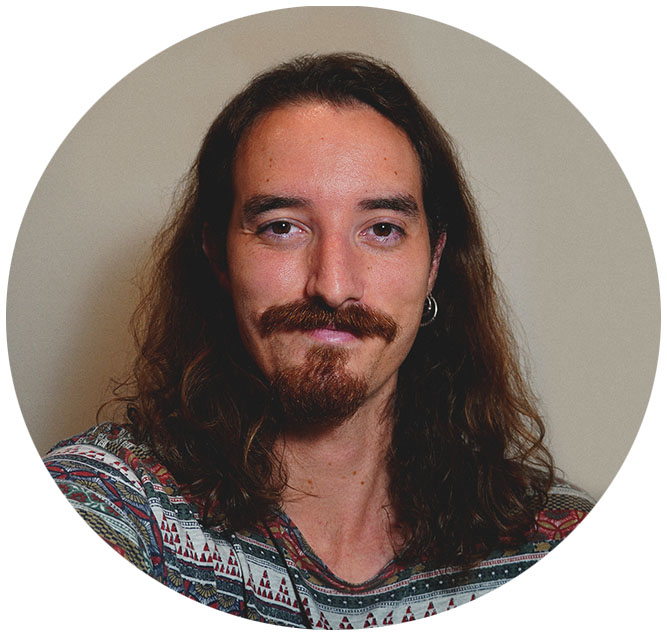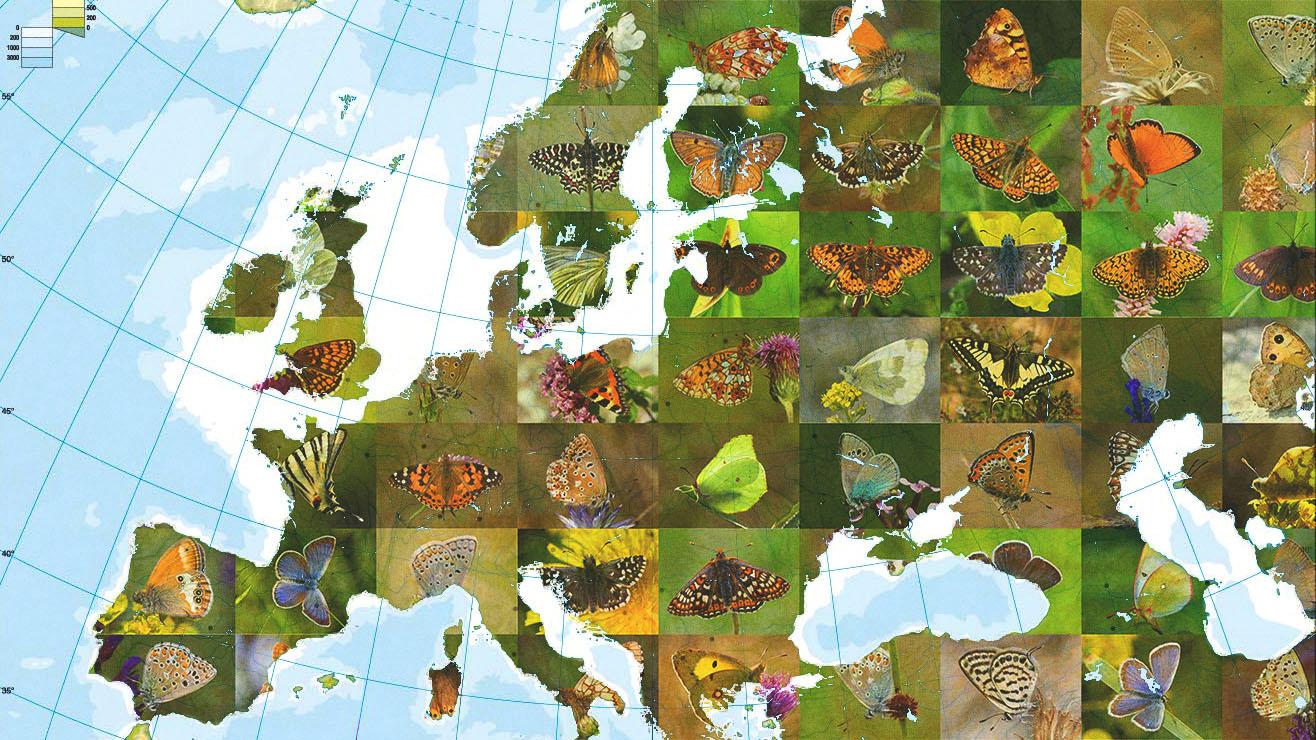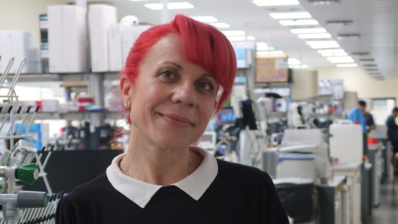Roger Vila is the Principal Investigator of the Butterfly Diversity and Evolution Lab at the Institute for Evolutionary Biology (IBE: CSIC-UPF), and has directed an international project that, over 15 years, has sequenced 97% of the European butterfly species.
Thus, with data from more than 22,000 specimens of 459 different species, they have generated the largest platform for the genetic study of butterflies in Europe.
This open access database could contribute significantly to the conservation of the biodiversity of butterflies. How? Roger explains.
Why are this kind of projects important?
In this project we have studied the genetic diversity of butterflies, which, until now, was pretty unknown.
This genetic diversity is the diversity between populations and between individuals within a species, and is the necessary basis for evolution, that is, for the adaptation of species to changes in their environment.
Now we have an overview of the genetic diversity of butterflies and this is key to their conservation. We can prioritize conservation in order to conserve genetic diversity, by protecting specific populations that are highly differentiated from the rest, as well as areas of great genetic richness.
“Genetic diversity, which is the basis for evolution, takes millions of years to generate, but it can be lost very quickly”
Roger Vila (IBE)
This type of study will have to be extended to other regions and groups of organisms. We are already working on the genetic atlas of the European ants.
How will the generated database contribute to future research?
It is a publicly available tool that can be used in many ways:
- As a reference library of genetic barcodes: now any sample (egg, caterpillar, tissue, butterfly, excrement or stomach content of predators…) can be identified through sequencing. This will allow us, for example, to study interactions between species by sequencing the excrements of predators, or do biomonitoring with massive sequencing to know the biodiversity in a specific place and time.
- Causes a revolution in taxonomy: we now have a roadmap for taxonomic research that allows us to plan and direct efforts. In the past years we have already been able to show that some populations are different species that were unknown until now.
- Opens up great possibilities in comparative phylogeography, that is, to understand how populations have been distributed in space over time and why. We have been able to see that central and northern Europe, which became a glacier in the last ice age, is genetically poor, and that mountain ranges, great valleys and straits of the sea are barriers to the dispersal of butterflies.
Dincă, V., Dapporto, L., Somervuo, P. et al. High resolution DNA barcode library for European butterflies reveals continental patterns of mitochondrial genetic diversity. Commun Biol 4, 315 (2021).







